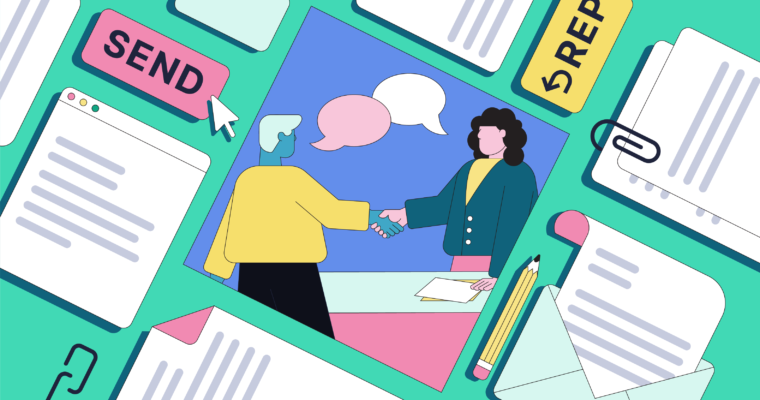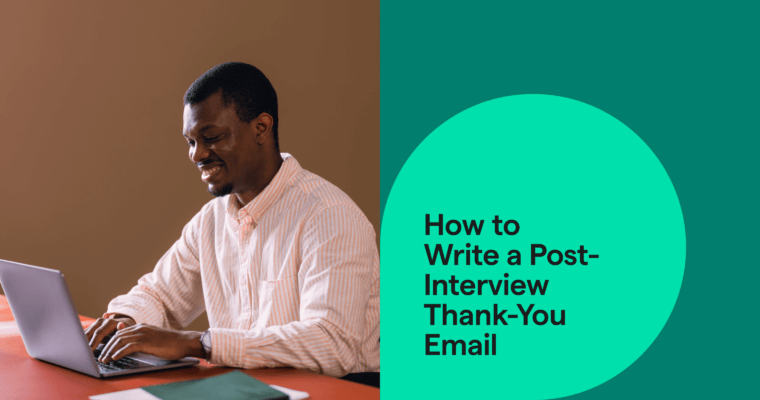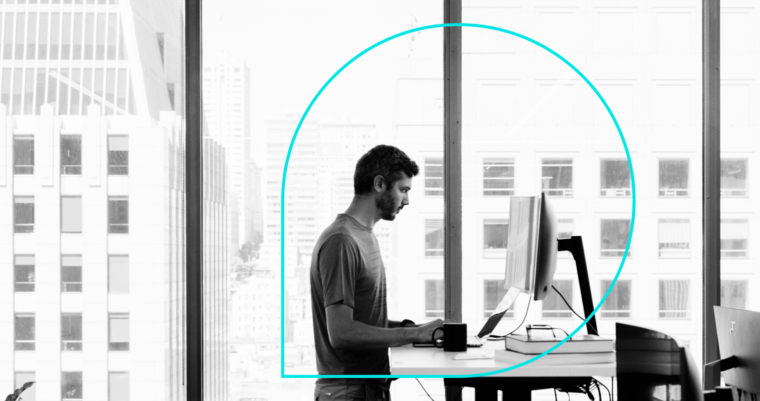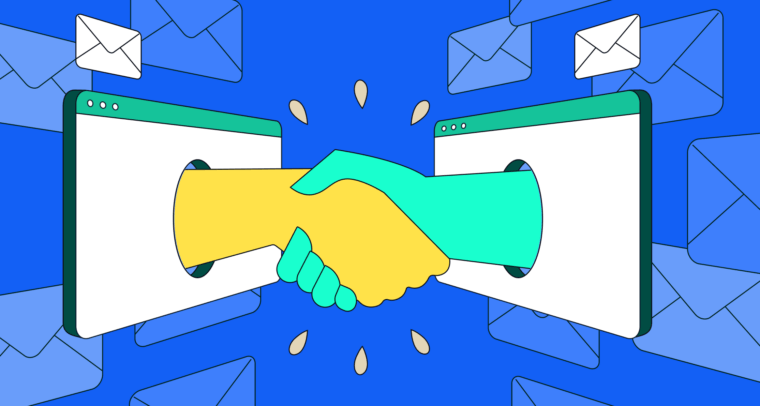
Although the end of a job interview may feel like your last chance at making a good impression, it’s not. Writing thank-you emails after an interview is a final chance to put your best self forward.
According to a survey by Accountemps, 80 percent of human resources managers found thank-you messages helpful. But only 24 percent said they received them from interview applicants.
Writing a follow-up email after an interview is an effective way to show your gratitude for the opportunity and—as the above data shows—truly stand out. Keep reading for the dos and don’ts to remember when crafting a successful thank-you email.
Hone your message
Do: Refer to specific points discussed during the interview
The content of your message should acknowledge or reiterate details that were discussed in the interview. This will also help your interviewers remember you clearly and distinguish you from other candidates. For example, let’s say your interviewer mentioned that the department is facing challenges with scaling production.
In your follow-up email, you can allude to this point and reinforce how your skills in XYZ can help them address those challenges. This is also a prime opportunity to introduce a point that you forgot to mention during the interview, or clarify a talking point in greater detail.
Don’t: Make generic statements
This is your last chance to place yourself as a top hiring candidate. So, avoid writing a follow-up email that only sums up the same closing sentiments you used in the interview. For example, don’t simply write, “Thank you for your time yesterday. I’m excited about the idea of joining your team!”
Remember email length
Do: Keep it to a paragraph
Although most hiring managers likely appreciate a follow-up email, it’s important to keep your message concise. Aside from hiring a candidate for the role, they’re likely working on other projects in tandem and don’t have time to read wordy follow-ups. If possible, limit your thank-you email to one succinct paragraph. For more on this, read our tips on improving your writing clarity and conciseness.
Don’t: Rewrite your cover letter
Some candidates make the mistake of overwriting and repeating the information that was in their initial cover letter. The hiring manager already knows your basic qualifications, job history, and that you think you’d be “great for the role.” Your thank-you message must enhance, not restate, what you’ve already shared about your qualifications.
Stay on top of a follow-up timeline
Do: Follow up within one to two days
The entire hiring process is a whirlwind for interviewees and interviewers alike. It’s best to send a follow-up email within twenty-four hours, and at the latest within two days. This helps hiring managers easily link your message to the impression you made during the interview. The last thing you’d want is to be mistaken for another candidate!
Don’t: Procrastinate
With a majority of human resources professionals citing a thank-you note as being helpful, this isn’t a task to delay. Being proactive also signals your enthusiasm for the role, and how “on top” of follow-up you are in your day-to-day work.
Message recipients thoughtfully
Do: Send a unique follow-up email to each interviewer
You might meet with several people for an interview, whether in a group setting or in one-on-one conversations. Write a variation of your follow-up email that’s tailored to each person you spoke to, and send them individually. Alluding to a topic or detail that each person discussed shows that you were attentive during your time together.
Don’t: Copy-paste the same message to each interviewer
Avoid sending the same generic thank-you messages to each person on your interview panel. Hiring teams often compare notes when choosing a candidate, and a follow-up with an untailored message can come off as thoughtless and insincere. It’s akin to a bot sending spam to an email list—no one appreciates it!
Although writing a follow-up email after an interview won’t in itself guarantee you the job, it’s a professional and personal way to show your appreciation.






